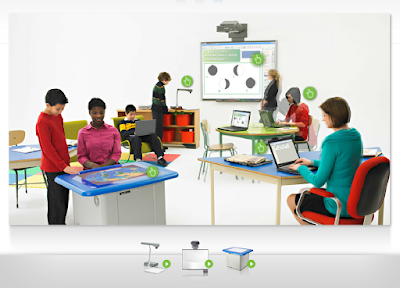iPad
Here are some useful tips for integrating iPad into a lesson
Smart Board
There are many schools across the globe are are fortunate to have a smart board in their class but are not knowledgeable enough to use it. I found a really interactive website resource that actually has a classroom example set up. You are able to click and find out more information about the SMART Document Camera, SMART Board interactive White Board and the SMART Board Table.
Connecting iPad to SMART board
I found a really good YouTube video that explains a step by step process of how to connect your iPad to a SMART board. This can be very useful to teachers to help guide students. The iPad comes equipped with potential to video mirror. What this means is that
with a Digital AV Adapter and HDMI cable you can project what is on your iPad up to
the SMART Board. It merely allows projection of the iPad screen and shows
interaction on the iPad but other students can’t interact with the iPad but touching
icons on the image of the iPad on the SMART Board.

